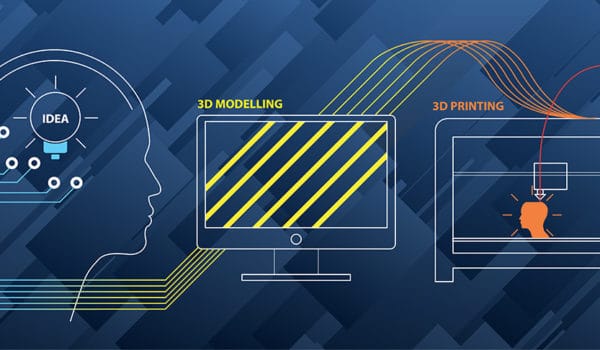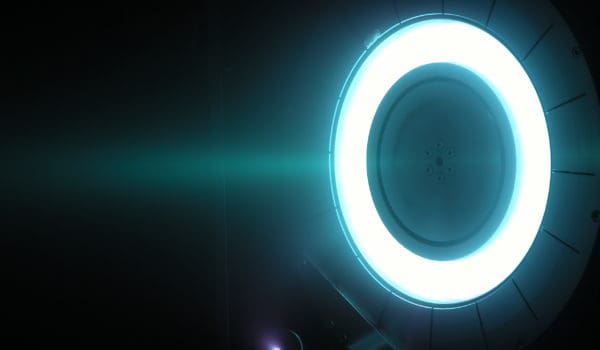The way numerous things are sold these days makes it difficult to trust any one of them will genuinely transform your life, so it's acceptable if you're suspicious about new innovations. But before they gained enormous popularity, many successful innovations were widely mocked by the public. And today, they are essential to our existence. Here are a few that were once made fun of but are still relevant today.
Steam engine
Only steam engines were created before Watt’s concept, and only by around 60 years. To drain water from coal mines, Thomas Savery of England patented the first steam engine design in 1698. Thomas Invention later enhanced the design to function at atmospheric pressure, which became the norm for over 50 years. The engine Watt created had a separate condenser, which greatly increased overall efficiency. This was Watt’s genuine breakthrough.
Airplane
When the first airplane took flight in 1903, the Wright Brothers drew media attention. About 12 seconds passed throughout the trip. In 1911, Ferdinand Foch, a French general and Allied Commander during World War I, said, “Airplanes are interesting scientific toys, but they are of no military value.” A Curtiss seaplane made its first flight just eight years after Foch made the statement. Despite not being aircraft, drones (also known as UAVs) wouldn’t exist without the military aircraft’s track record of success.
Computer
According to the 1996 book Women and Computers, women suffer from computerphobia, a collection of symptoms that include a dread of handling or destroying a computer as well as an aversion to speaking or reading about it. According to the book, women felt frightened by computers and were scared of becoming ‘slaves’ to them. The Atlantic discovered that computerphobia appeared in periodicals in the 1980s. Aside from the bizarre anxieties, individuals viewed owning and utilizing a computer in the same way they would learn to play an instrument – as labor. Today, we’re becoming better at making computers more user-friendly and intuitive. But it’s easy to forget that there was a time when none of this was true.
Subway
People used to think that the Earth was hollow and that hell lay immediately beneath their feet. That persistent anxiety explains why early subway systems had such a terrible reputation. One religious leader in Boston claimed that the subway was a “project of Lucifer himself,” while another cautioned that it “disturbed the dead” as excavators stumbled across unmarked graves. Wasn’t the air below earth unhealthy to breathe? To alleviate these concerns, early subway stations were whitewashed and well-lighted with the most modern electric lighting. As passengers entered the stations, their terror gave way to wonder at the engineering marvel. The word got out. The convenience was also important, especially since the first American subway system allowed travelers to avoid the notorious Boston traffic.
Bicycle
The general population was concerned about the mental health of the early velocipede riders. By 1894, it was stated that rising “lunacy” in England “points directly to bicycle riders… There is no question that bicycle riding leads to mental weakness, general lunacy, and murderous madness.”
“Wheelwomen” were warned that “this somewhat violent form of recreation left its unmistakable traces upon the delicate feminine frame,” including an enlarged waist, more masculine hands and feet, and the terrifying “bicycle face.” In the US it was declared: “A large number of our female bicyclists wear shorter dresses than the laws of morality and decency permit, thereby inviting the improper conversations and remarks of the depraved and immoral.” And that was decades before spandex was invented.
Elevators
When the first buildings were built, elevators immediately became popular, as did worries of ‘elevator sicknesses’. In the 1890s, doctors cautioned that the rising motion might cause ‘brain fever,’ as well as nausea and faintness. Habitual elevator descents were supposed to induce a ‘disordered state of the nerves,’ especially when the elevator plummeted too swiftly. Although passenger elevators had been in use since the 1850s, they lacked many of the contemporary safety precautions we now take for granted, raising concerns about breaking cables and tumbling into open shafts. Elevators become quicker and safer over time. To stop individuals from tripping and falling into the shaft, automatic doors shut. Rides became smoother and safer thanks to speed controls and improved hydraulics. Doors were prevented from shutting on individuals by bumpers. Elevators are more than simply a convenience today. They are frequently necessary for multi-story structures to give everyone access that does not result in ‘brain fever’.
Light Bulbs
Many youngsters see Thomas Edison as the Father of Light Bulb. More specifically, he was present in the development of many products we use today, for which he received several patents: 1,093 in the US alone. When word spread that Edison was working on the first workable electric light bulb, not everyone was impressed. A British Parliament Committee noted in 1878 that Edison’s light bulb was “good enough for our transatlantic friends but unworthy of the attention of practical or scientific men.”
Photo: PeachShutterStock/Shutterstock
You might also like:
Support us!
All your donations will be used to pay the magazine’s journalists and to support the ongoing costs of maintaining the site.
Share this post
Interested in co-operating with us?
We are open to co-operation from writers and businesses alike. You can reach us on our email at cooperations@youthtimemag.com/magazine@youthtimemag.com and we will get back to you as quick as we can.










